Streamline Your Product Development Process with the Product Development Procedure Template Word
Are you tired of the endless cycle of product development delays, missed deadlines, and costly mistakes? Look no further than the Product Development Procedure Template Word from Bizmanualz.
This comprehensive template provides a step-by-step guide to streamline your product development process, from ideation to launch. With clear instructions and customizable templates, you can easily tailor the procedure to fit your unique business needs.
The template includes sections on project planning, design and development, testing and validation, and launch and post-launch activities. Each section includes detailed instructions, checklists, and forms to ensure that every step of the process is completed efficiently and effectively.
By implementing the Product Development Procedure Template Word, you can reduce development time, minimize errors, and improve product quality. Plus, with a standardized process in place, you can easily train new team members and ensure consistency across all projects.
Don’t let product development challenges hold your business back. Invest in the Product Development Procedure Template Word from Bizmanualz and take control of your product development process today.
Product Development Procedure
The Product Development Procedure defines approved methods for the planning, design, and development of your company’s new products or services to ensure quality, safety, and reliability.
The Product Development Procedure applies to all new product development, as well as to significant changes to your company’s existing products and services. (26 pages, 3962 words)
It is crucial that adequate planning and controls be established, implemented, and maintained during the design phase to optimize quality, effectiveness, safety, and customer satisfaction prior to manufacturing. Product development should be managed in a way that ensures timely development of new products, to reach completion quickly and capitalize on market opportunities. Each design/development request should have a Product Manager assigned to it, who should manage the Design and Development (D&D) process.
Product Development Responsibilities:
All Employees are responsible for ensuring product and process improvement.
The Engineering Manager is responsible for designing, evaluating, testing, and all technical aspects of product and process development.
The Accounting Manager is responsible for evaluating and reporting on the financial aspects of product/process development.
The Marketing Manager is responsible for coordinating product development with the customer base, supervising field trials, finding new markets for the Company’s products/processes, and raising awareness of the Company’s offerings.
Top Management is responsible for final approval of design and development (D&D) projects.
The Product Manager is responsible for managing the typical product design-and-development process.
Product Development Definitions:
COTS – Commercial off-the-shelf; products manufactured commercially and tailored for a specific use. Compare COTS products with those produced entirely and uniquely for specific applications.
Design phase – The most important phase of the product life cycle: inherent quality, effectiveness, safety, and customer satisfaction of the product are established here. No matter how carefully a product may be manufactured or how perfect a quality control program, inherent qualities cannot be improved except through design enhancement.
It is crucial that adequate planning and controls be established, implemented, and maintained during the design phase to optimize quality, effectiveness, safety, and customer satisfaction prior to manufacturing. Achieving best intrinsic qualities is a direct function of:
- Awareness of the design goal by management, marketing, engineering, production, and quality assurance;
- Correct selection and application of parts and materials;
- Performance of normal and worst-case testing to evaluate and assure that the product design and manufacturing processes will perform as intended under all reasonable circumstances; and
- Thorough review and analysis of the product design.
Product development should be managed in a way that ensures timely development of new products, to reach completion quickly and capitalize on market opportunities.
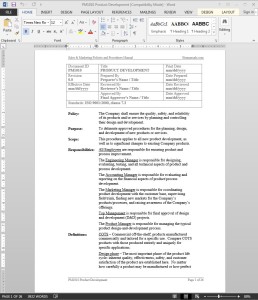 Product Development Procedure Activities
Product Development Procedure Activities
- Product/ Process Initiation
- Determining Requirements and Objectives
- Meeting Requirements and Objectives
- Design Acceptance
- Design Validation and Testing
Product Development Procedure Forms
- Request for Engineering Action Form
- Requirements Definition Form
- Product Brief Form
- Design Review Checklist Form
- Design Completion Checklist For Electromechanical Devices Form
- Design Completion Checklist for Non-Electromagnetic Devices Form
- Product Test Form


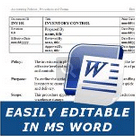
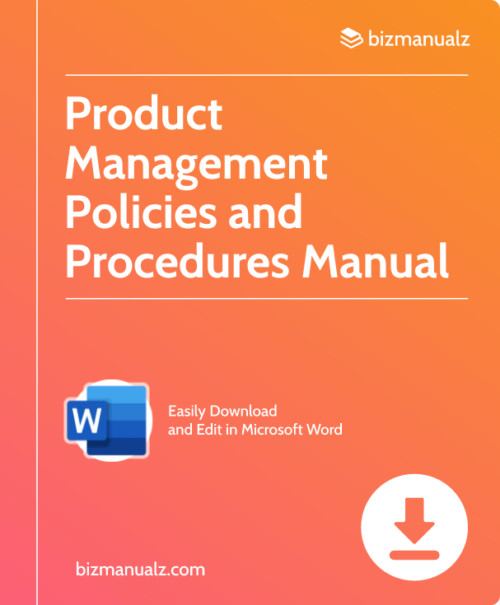
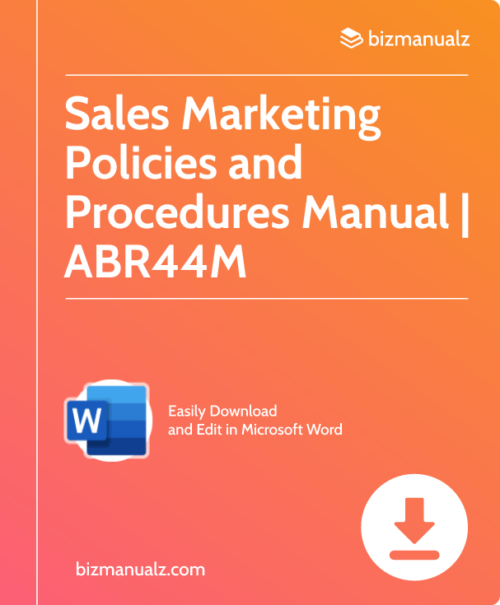
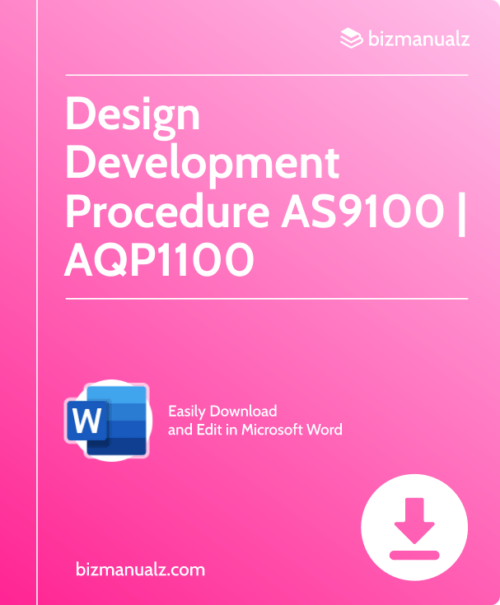

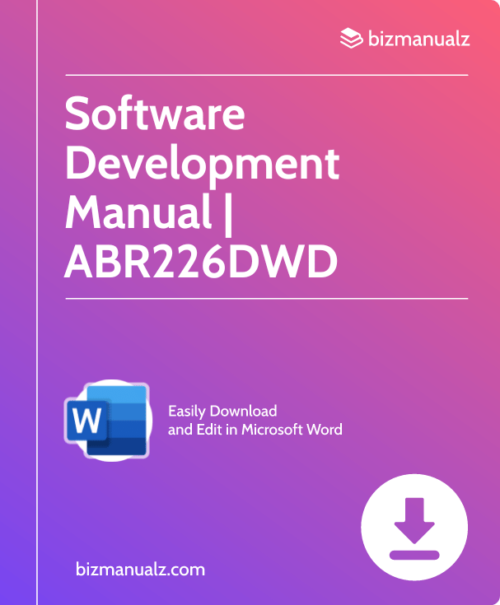
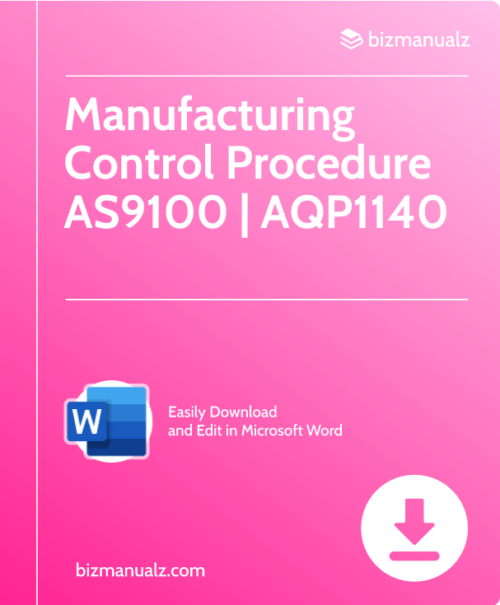
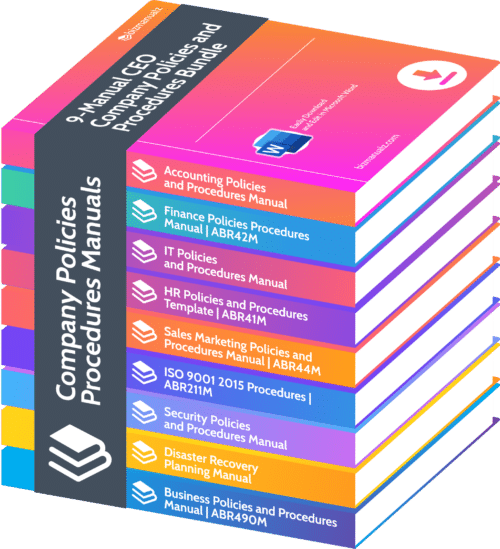
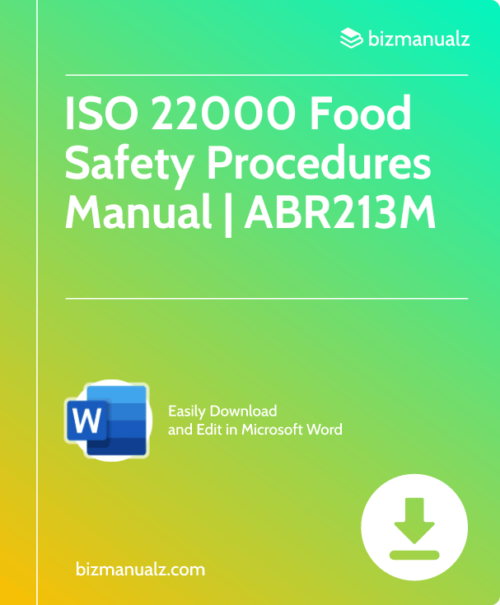

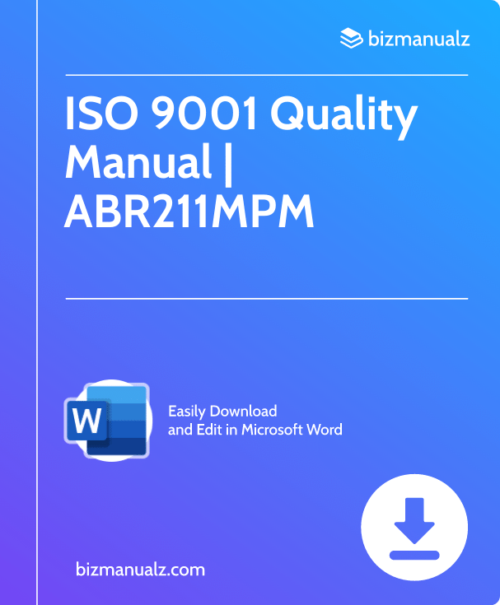
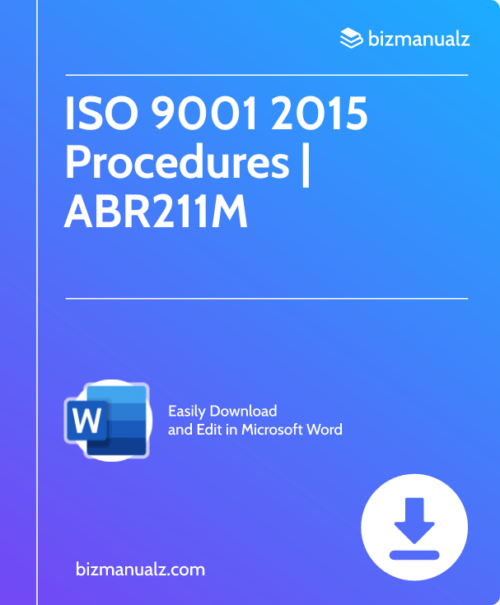


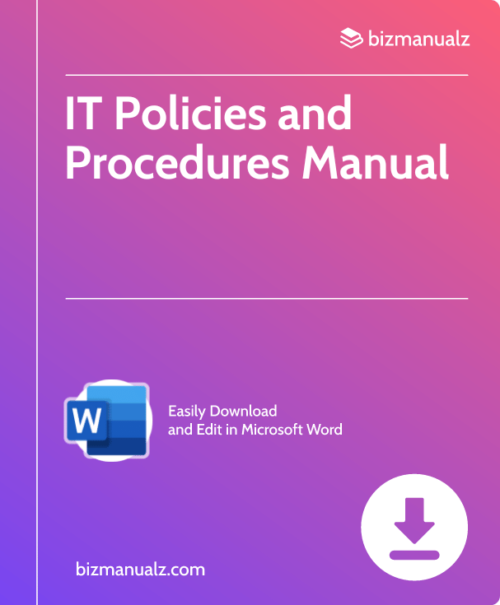


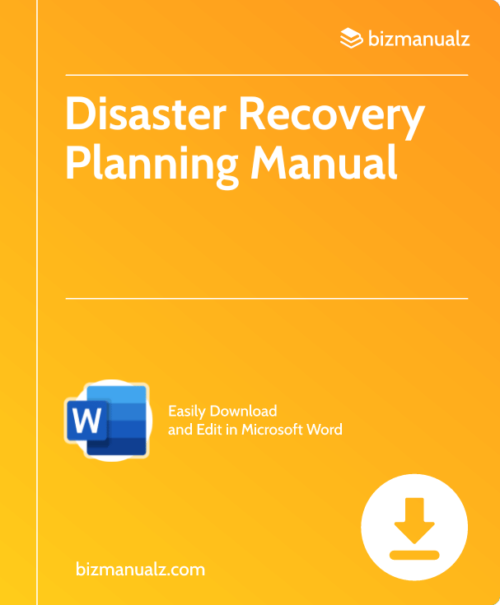


Reviews
There are no reviews yet.